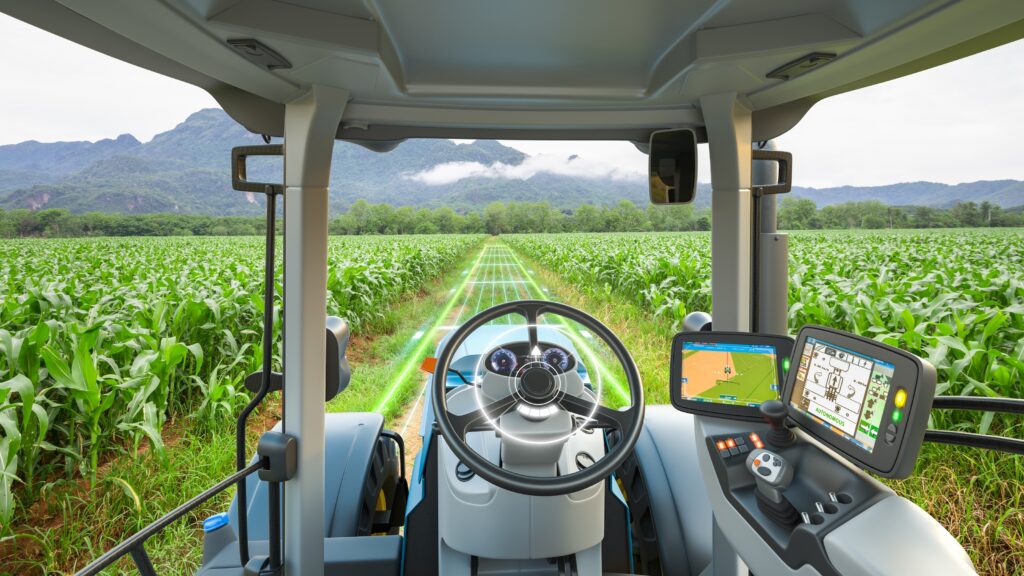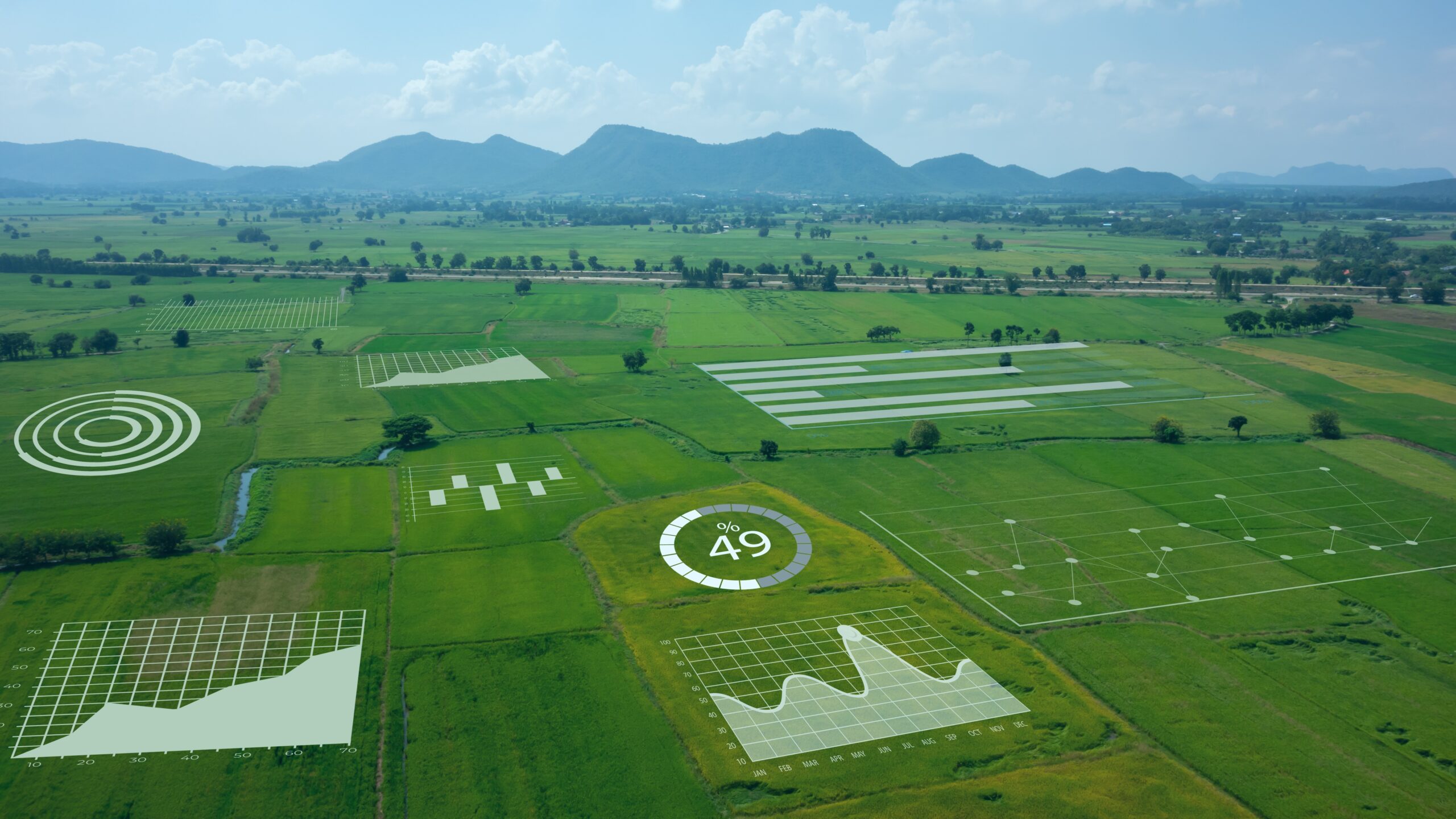Today’s farmers are spending less time in the field and more time in front of screens. As emerging IoT technologies reshape modern agriculture, more data and insights are being collected from a myriad of sensors to enable smart farming methods. Moisture levels and other soil variables are measured, equipment and crops are remotely monitored, and drones perform real-time field analysis—agriculture technology is digitising the field with a surplus of opportunities to make farming better and more efficient. With increasing pressure to feed a growing population sustainably, coupled with climate change and other environmental challenges, the adoption of big data analytics in agri-tech is unleashing new ways to “grow more using less.”
So what is driving this booming industry forward? It’s the huge amounts of data being gathered from the ground up. In this highly unpredictable environment governed by nature, data is informing decision-making at all levels. But it’s difficult to quantify the true value of agri-data since its potential impact extends far beyond global food chains. For context, the global agriculture analytics market size is expected to increase from $800 million in 2020 to $1.4 billion by 2025, an increase of 75%, according to forecasters at Markets and Markets. With an abundance of data being generated, industry players must learn to utilise it effectively to innovate and increase productivity. What’s clear is the tremendous value in agriculture data, both for farmers and farm-focused original equipment manufacturers (OEMs) looking to capitalise on these insights and answer many of the industry’s biggest challenges.
Growth of opportunities for OEMs
The successor of the “industrial farming” movement is sometimes called the “big data revolution.” It is driven by the digitalisation of farming practises including autonomous vehicle fleets, advanced IoT sensors and data-driven analytics. How can agricultural machinery manufacturers harness this data to take farm productivity and profitability to the next level? To successfully navigate the disruptions to end-to-end farm management systems, they must be ahead of the shift from hardware to software. Leveraging Cubic Telecom’s connected software technology enables OEMs to revitalise and create new revenue models through the application of IoT data—gaining more predictability in one of the world’s most unpredictable industries.

From ‘big data’ to ‘smart data’
Consider that the average farm generates an estimated 500,000 data points per day, which will grow to 4 million data points by 2036, according to tech giant IBM. Forecasts expect nearly 12 million agricultural sensors will be installed globally by 2023. The agricultural industry is pivoting quickly towards precision farming, with big data opening the doors to countless planting and harvesting insights. With access to rich agronomic data, trends can be aggregated, risks can be assessed, and yields can be increased—collectively this data gives OEMs and their customers unprecedented visibility into their operations. Cubic Telecom, for instance, is playing a major role in transforming CNH Industrial’s agricultural capabilities, enabling remote data management on their terrain and machines.
Field to fork solutions
About a third of all food produced for human consumption is never eaten, and this wastage is having a major impact on climate change, according to the UN. It also highlights the intense pressure facing the agriculture industry, which must produce 60 per cent more food to feed almost 10 billion humans by 2050. Developing new technologies that enable intelligent precision agriculture is vital. With granular data on soil health, air temperature, real-time weather patterns, pesticides, fertiliser requirements, along with any-time intervention technologies, food can be produced intelligently. By combining big data with cloud computing, an ecosystem emerges that gives agricultural participants strategic access to sophisticated insights and the ability to scale at pace.
Get more insights on how Cubic Telecom is delivering innovation in modern agriculture

